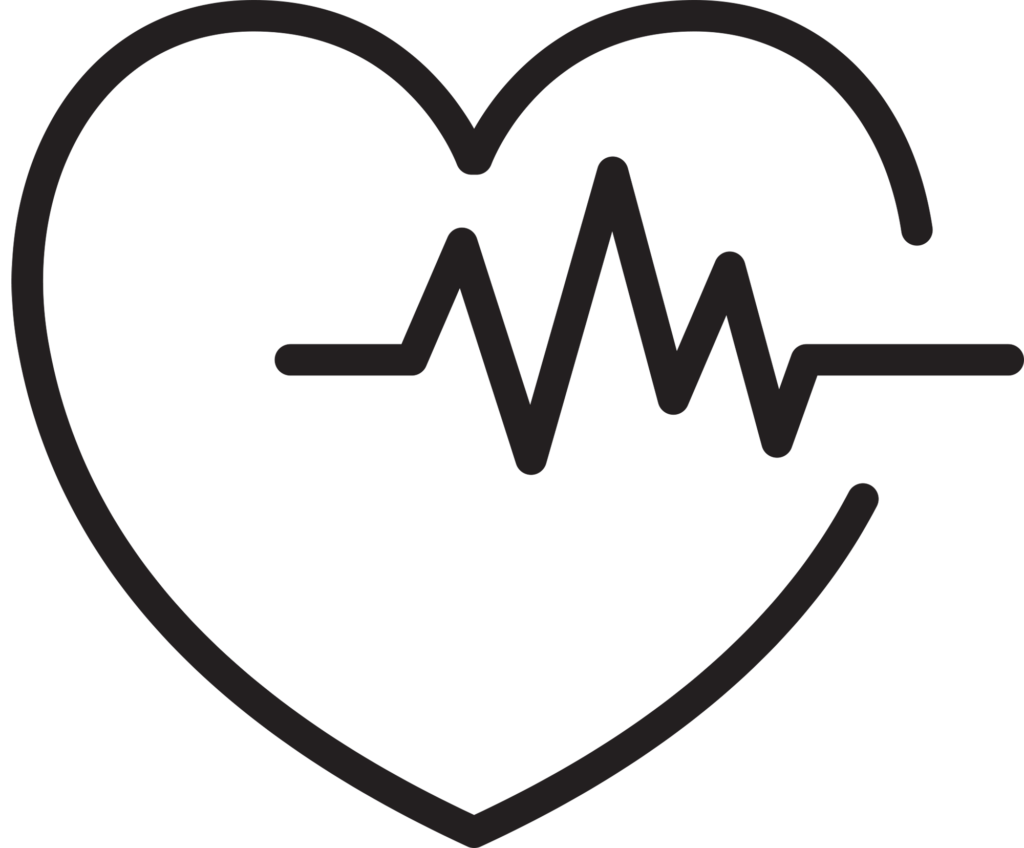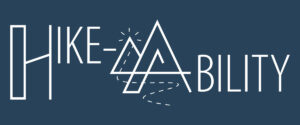Your cart is currently empty!

Cardiorespiratory Fitness: Aerobic Training
—
by
This blog is part of a series of posts discussing various components of hiking fitness. If you haven’t already, you’ll want to check out the previous blogs The Importance of Strength Training , Restoring Proper Muscle Activation, The Importance of Core Stability, and Mobility Training.

February is American Heart Month, and it’s a time to bring awareness to the prevalence of heart disease (the leading cause of death among Americans), and encourage everybody to focus on their cardiovascular health.
The American Heart Association along with most health authorities, recommend a minimum of 150 minutes of moderate-intensity aerobic exercise each week (that equates to 30 minutes a day/5 days a week). Good news for all you hikers out there, hiking can be an excellent form of aerobic exercise!

Benefits of Aerobic Exercise:
- Improved cardiorespiratory fitness
- Your heart becomes stronger and more efficient
- The pumping action is more effective at delivering blood to working muscles
- Your resting heart rate decreases
- Your respiratory muscles improve both in strength & resistance to fatigue
- Your heart becomes stronger and more efficient
- Decreases the risk of cardiovascular diseases (heart attack/stroke)
- Lowers blood pressure
- Increases HDL or “good” cholesterol
- Helps to better manage blood sugar
- Assists in weight management and/or weight loss
- Promotes better sleep
- Improves mood
What is aerobic exercise?
Aerobic means “with oxygen”. During aerobic exercise your body utilizes oxygen at the same rate you are capable of supplying it through breathing (respiration), and you use your body’s fat stores as the primary fuel source. This type of exercise can be sustained for long periods of time as opposed to high-intensity actives that are performed in shorter bouts and rely on the anaerobic energy system.
What is intensity zone training?
Exercise has dramatically different effects and demands on the body depending on the intensity and duration of the activity. Understanding your heart rate and other physiological indications will help you maintain a proper level of exercise intensity specific to your goals. Intensity is determined by how hard you are working during an activity. Exercise intensity varies from person to person; what is a “moderate intensity effort” for one person may be “easy” to another.
Heart rate levels can vary significantly between individuals based on fitness level, genetics, environment, and other physiologic factors. Heart rate monitors (HRM) are beneficial for tracking your resting heart rate and when monitoring intensity during a workout. It’s important to know that not all HRMs are created equal. Also, the grip sensors on gym equipment and wearables (like Fitbits and smart watches or rings) are less accurate than that of a chest strap monitor (more information about wearable fitness trackers can be found here).
How can intensity be measured & how do I know if I’m exercising in my aerobic zone?
Your heart rate and respiration increase in direct correlation with the intensity of the activity you are performing. There are several ways to determine your intensity level during exercise, and I’ll discuss two of the most accessible methods.
Talk Test:
When exercising within your aerobic zone you should be able to carry on a conversation fairly comfortably. This translates to about 4 words between breaths, but definitely no more than 8. If you have to pause for a breath every couple of words or are gasping for air, you are likely exercising at an intensity above your aerobic zone.
Rate of Perceived Exertion (RPE):
This is a fully subjective, yet effective, way to gauge and measure exercise intensity. On a scale of 1-10 (where 1 equates to the effort required to walk to the refrigerator and 10 is sprinting like you’re being chased by a lion), exercising between 3-5 RPE is typically where most people will be in their aerobic zone.
When training specifically for hiking, the majority of your cardio workouts should be performed in your aerobic zone. Often the tendency for most people is to engage primarily in higher-intensity training sessions (thinking that they’ll get more “bang for their buck”), however you may be surprised to know that exercising at a lower-intensity (aerobic zone training) can actually be more beneficial, safer, and perhaps more enjoyable while still providing desirable fitness gains. Establishing and then building your aerobic fitness will not only improve your overall health, but will also increase your heart and lung capacity and performance during endurance activities like hiking.
Benefits of Aerobic Training for Hiking:
- Ability to hike more; and have it be easier, safer, and more enjoyable
- Go further and/or faster before fatigue sets in
- Burn body fat as the primary fuel source while training & hiking
- Less stress on your body (compared to training at higher intensities)
- Allows for faster recovery
To better understand how to calculate your target aerobic heart rate and how to apply aerobic zone training to improve your hiking endurance and performance, consider enrolling in my HIKE-ABILITY training program. The program incorporates cardio, strength, stability, and mobility training, along with weekly, educational lessons.
Adventure awaits… be ready for it!
Kristen, CPT and creator of the HIKE-ABILITY Training Program

Disclaimer: All information, content, and material (including associated text, videos, and links) on this website is provided in good faith and is for informational and educational purposes only. It is not intended to serve as a substitute for the consultation, diagnosis, and/or medical treatment of a qualified physician or healthcare provider. All exercise has inherent risks. Before beginning any type of exercise, please consult your health care provider.




Leave a Reply